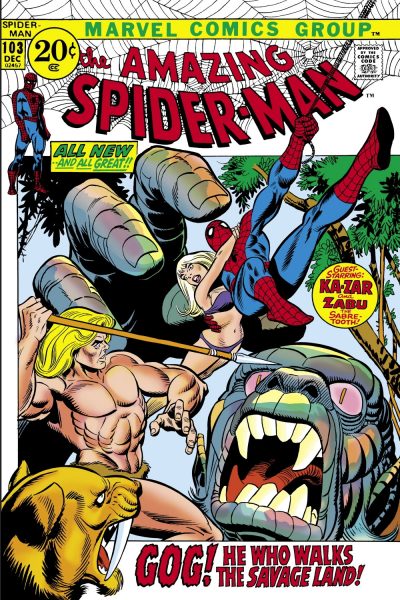
Amazing Spider-Man #129 (February, 1974)
I don’t suppose I need to explain to anyone reading this just why the topic of today’s post is so significant. After all, even if you didn’t know anything about the 129th issue of Amazing Spider-Man before you arrived here, just a look at the comic’s iconic cover by Gil Kane and John Romita would quickly clue you in to its contents. And what other comic-book character’s fiftieth anniversary in this month of October, 2023 could possibly compare in importance to the first appearance of… the Jackal?
Nah, just kidding. I’m talking about the other guy. (Although I freely acknowledge that the debut of the Jackal is significant in its own way, especially for ’90s-era Spider-Man fans who still have nightmares about the Clone Saga.) Read More









